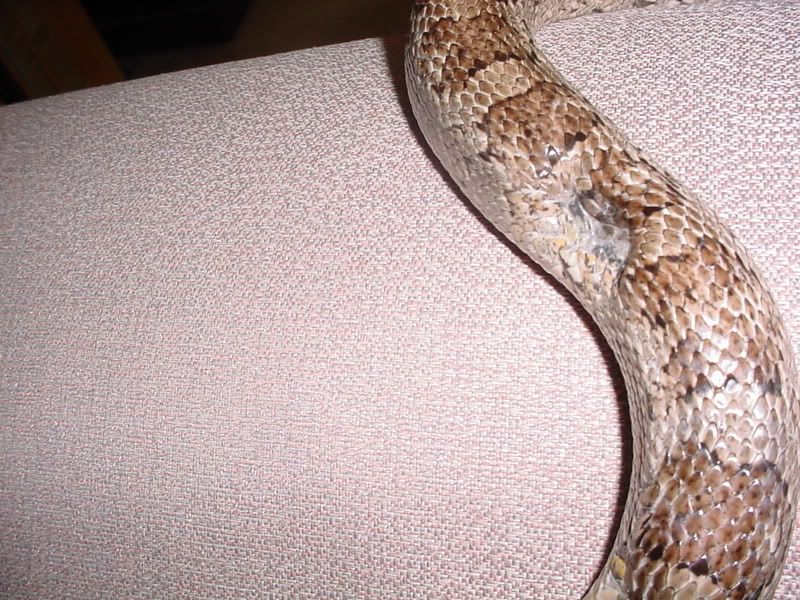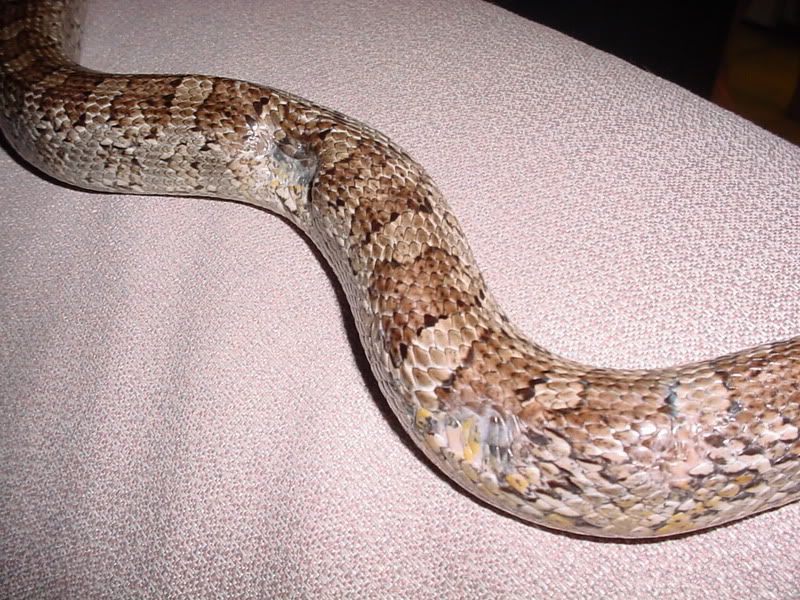FunkyRes
New member
While I fully agree that f/t is safer, there seems to be a religious like belief that live should never be used.
No one kills their prey for them in the wild. Occasionally they may scavenge something that is already dead, but that's the exception rather than the rule.
Injuries are very unlikely if the keeper pays attention and removes prey that the snake is not interested in eating, and injuries from rodents are far far far more likely from rats than they are from mice.
Is there a risk? Sure, but there is also a benefit. A snake gets more exercise and more muscle tone when it has to hunt down and constrict its prey.
I still highly recommend f/t both for economic reasons and for safety, but I think sometimes the risk is overstated, and I think the benefit may outweigh the risk for breeding females.
No one kills their prey for them in the wild. Occasionally they may scavenge something that is already dead, but that's the exception rather than the rule.
Injuries are very unlikely if the keeper pays attention and removes prey that the snake is not interested in eating, and injuries from rodents are far far far more likely from rats than they are from mice.
Is there a risk? Sure, but there is also a benefit. A snake gets more exercise and more muscle tone when it has to hunt down and constrict its prey.
I still highly recommend f/t both for economic reasons and for safety, but I think sometimes the risk is overstated, and I think the benefit may outweigh the risk for breeding females.


